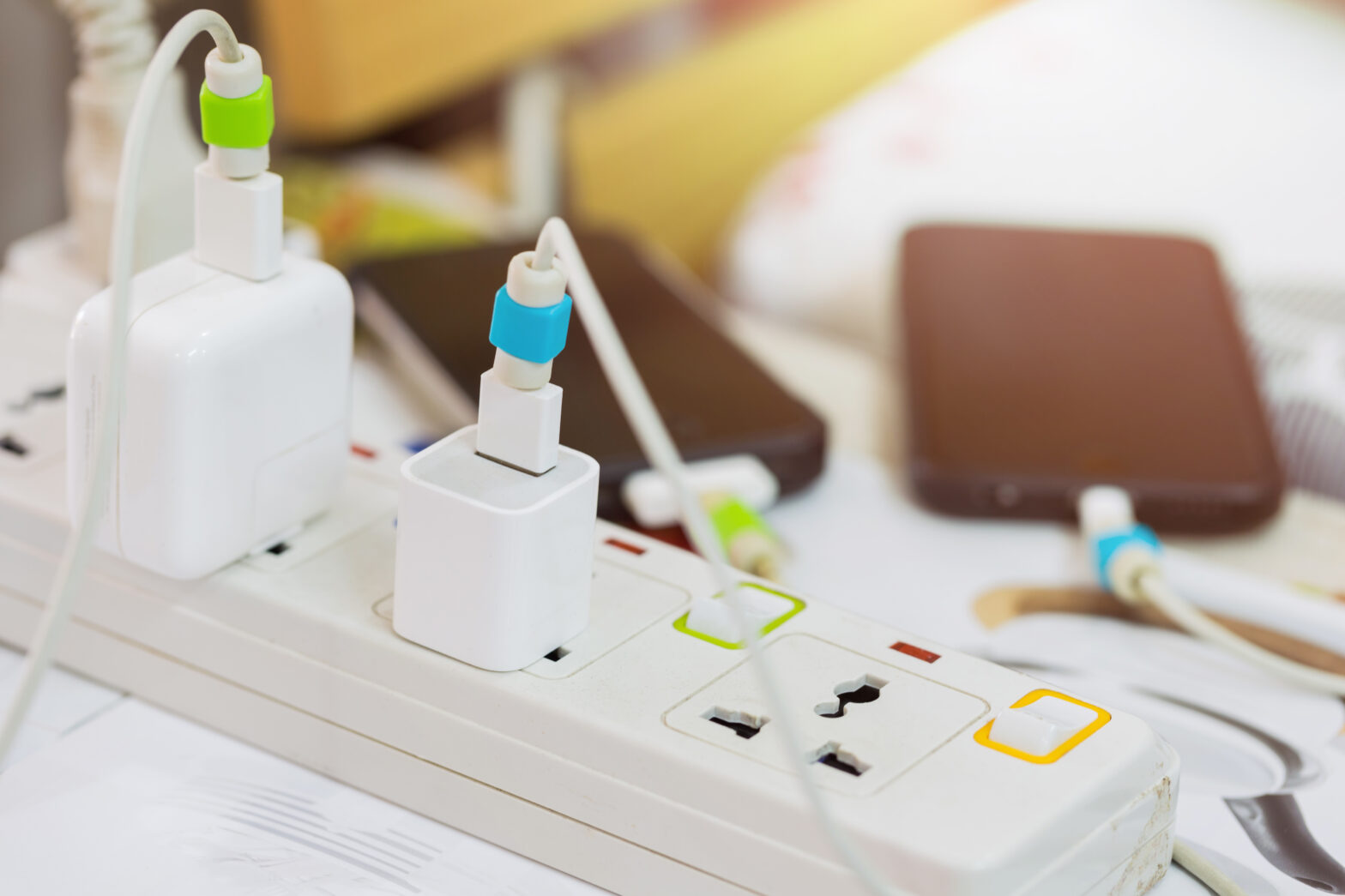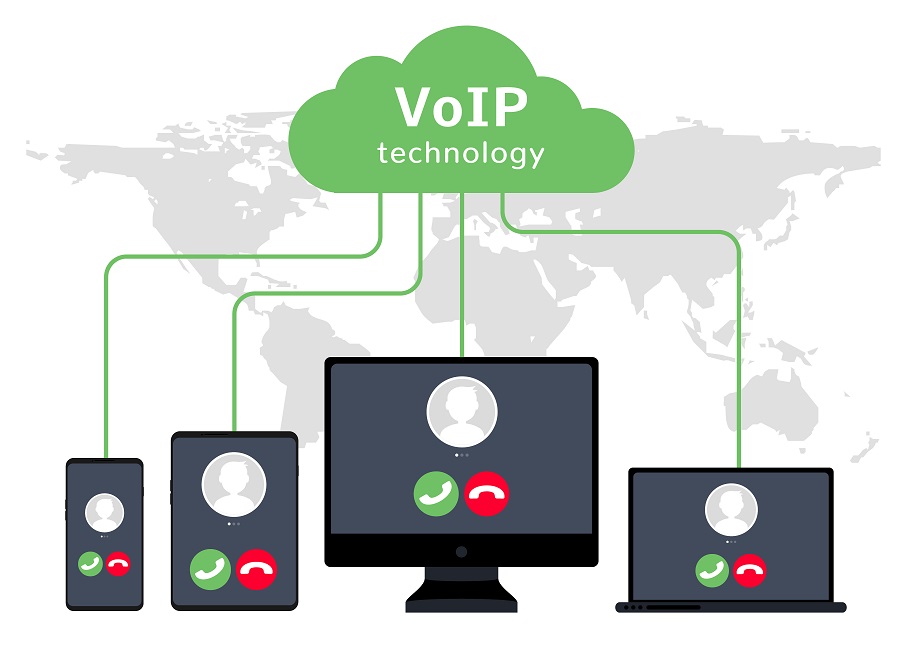Employees are unwittingly undermining workplace safety by using ‘untested’ electrical devices in the work place.
Almost 70 per cent of employees admit to plugging in personal mobile phone chargers at work, according to an independent survey carried out by office power supplier CMD.
The danger lies in the amount of fake phone chargers currently in circulation, of which 99 per cent failed basic safety tests.
Bruce Cantrill, head of marketing and business development at CMD, says, ‘Electrical safety must be taken seriously, especially in an office environment. Unregulated phone chargers are notorious for being poor quality and can pose fire risks, so it is essential that people take this into consideration when thinking about using them in the workplace.’
The survey highlights ‘phone chargers’ was by far the most popular answer across all age groups. It was also the answer most favoured by women, whereas all other categories received a higher number of male votes.
Electricals that have not been PAT tested can be unsafe. This is a worry when employees also confessed to bringing laptop chargers, fans and even vacuum cleaners in from home for use in the office.
Further problems are raised by the use of these household items in the workplace, as their high power demands can overload sockets intended for low voltage devices such as computers and printers.
Bruce concludes, ‘Lack of awareness over electrical safety and the subsequent improper use of appliances undoubtedly is a potential safety risk. CMD products are designed to ensure the utmost safety for the user; however, companies still need to take responsibility for the safe testing and regulation of all devices used in the work place.’
Plug safety checklist
- Use only one extension lead per socket.
- Never plug one socket row into another – use specific connectable power systems if you need additional sockets.
- Don’t use block adaptors – they are often unfused which increases the chance of overloading.
- Individually fused, multiway bar extension leads are the safest option if you need additional plug sockets.
- Check for the following danger signs:
- Scorch marks on sockets
- Damaged or frayed leads
- Visible wires from inside the plug
- Smell of hot plastic
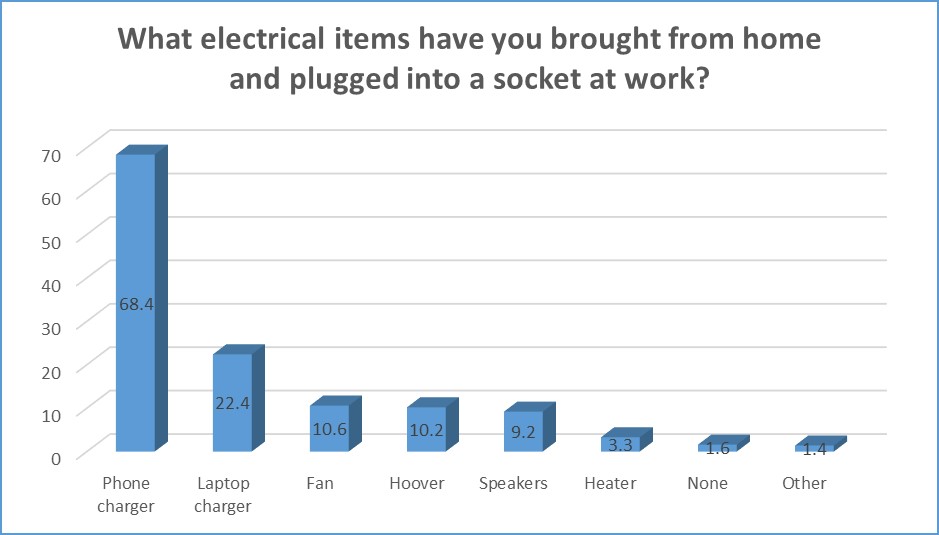
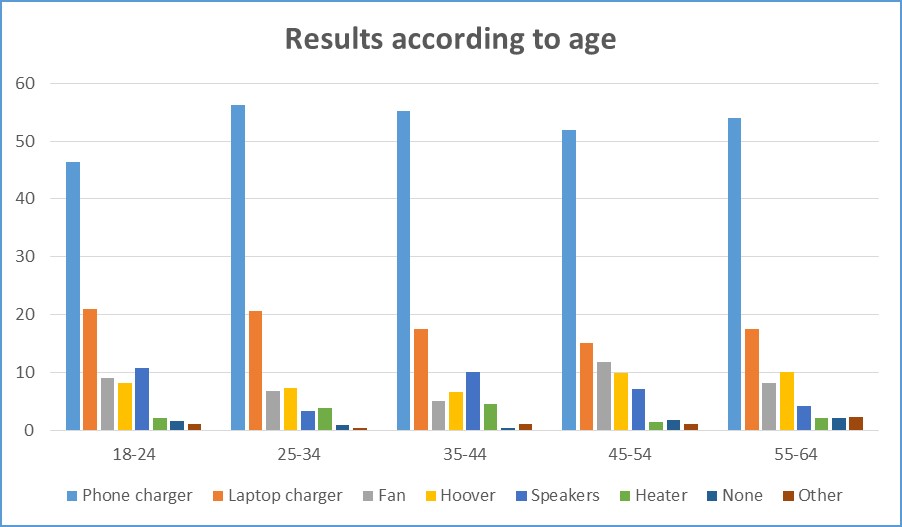
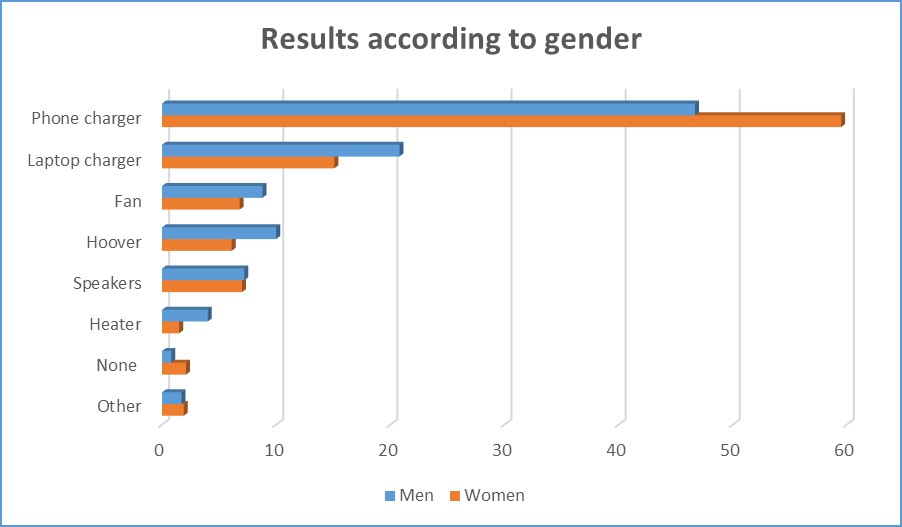
Further reading on workplace safety
-
Managing health and safety in the workplace – What are your responsibilities as a small business owner when it comes to health and safety? Donna Obstfeld of DOHR explains all.
